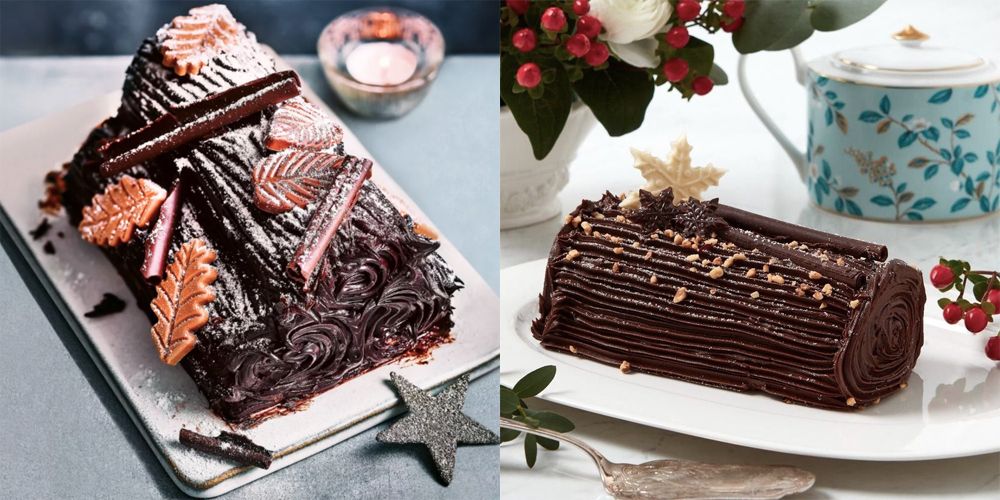
My fondest Yuletide greetings for 2021! Welcome, all who come here. I'm wishing for us all to have a brighter, happier 2022, starting with the Solstice on 21 December.
I'll quote HolidaysCalendar.com for this potted history of Yuletide:
Yule is a pagan holiday that goes back thousands of years and was celebrated by the Germanic peoples of Germany and Scandinavia. No one really knows how old this holiday is because it was {not} written about until about the 4th century. The word Yule is the modern version of the Old English words of ġēol or ġēohol. The time before the Yule Festival was known as ǣrra ġēola and the time after was called æftera ġēola. It’s believed that Yuletide was celebrated for a period of about 12-days.
The main component of any Yule celebration was the Yule log {the bûche de noël above, f/ex, for us centrally heated moderns}. This tree would be cut down on the Winter solstice and fed into the fireplace-and this was done without chopping it into pieces! No, the top of the tree would be fed into the fireplace and over the course of the next 2 months, more and more would be pushed in as the winter progressed. This would become the basis of the Yule log or Christmas block as it is known today. Another tradition of Yule was bringing in various plants to “guard” their life essence. This was a form of sympathetic magic in which practitioners believed they could harness this life force for themselves. Some of the plants that were brought into the home included evergreen boughs, holly, ivy, birch boughs, and mistletoe. Sonargöltr was another aspect of ancient Yule customs. It featured a wild boar that was sacrificed and eaten. It is the basis of many of the Christmas feasts practiced today, except instead of a wild boar, a ham is served today.

In Norse tradition, the god Odin would wander the earth during Yuletide and visit people’s homes. He was described in some of these myths as being an old man with a long white beard. This would be the same depiction that Father Christmas would acquire during the 15th century. Father Christmas would then become known by a variety of other names including Saint Nicholas, St. Nick, Santa Claus, and Kris Kringle.
For Viking children, sugar and hay would be left out for Odin’s 8-legged horse Sleipnir, and for Christian children, cookies would be left out for Santa Claus.

Mistletoe was used by Germanic peoples during Yuletide, just like it is used by Christians for Christmas. For the Germanic peoples of northern Europe, mistletoe was believed to have possessed supernatural qualities and could be used to heal people. The Celtic people also believed that mistletoe had mystical qualities. They believed that it could ward off evil spirits. Nowadays, mistletoe is something that people kiss under.

One of the main things that Christmas borrowed from Yuletide is the placement and decoration of evergreen trees. Ancient Vikings used to decorate evergreen trees with carvings, food, and ornaments just like we decorate our Christmas trees. Another use for trees in Yuletide celebrations was the Yule Log. The Yule Log was a giant log that was meant to burn in the hearth for 12-days-the length of the festival.
 Whatever you celebrate, however you decorate...or don't!...may this season of darkening skies give your roots a rest for a bigger, better, brighter 2022.
Whatever you celebrate, however you decorate...or don't!...may this season of darkening skies give your roots a rest for a bigger, better, brighter 2022.With that, this 1,003rd post is my final regular post of December. I'll see everyone back here on Monday the 27th to begin 2022 just a shade early!
No comments:
Post a Comment
Note: Only a member of this blog may post a comment.